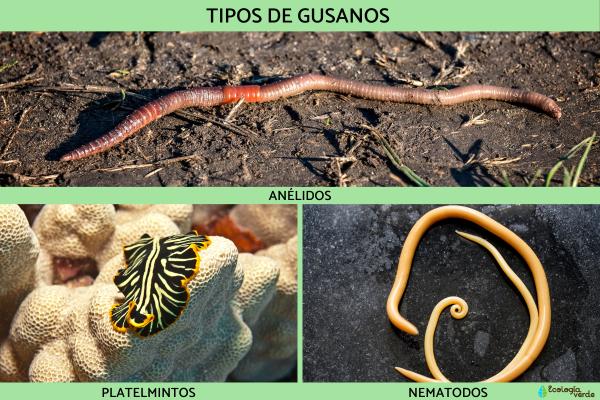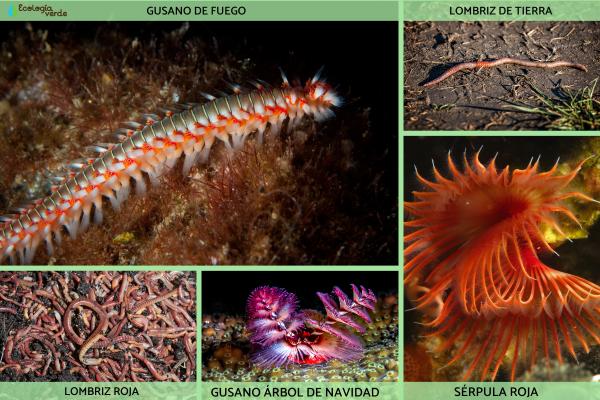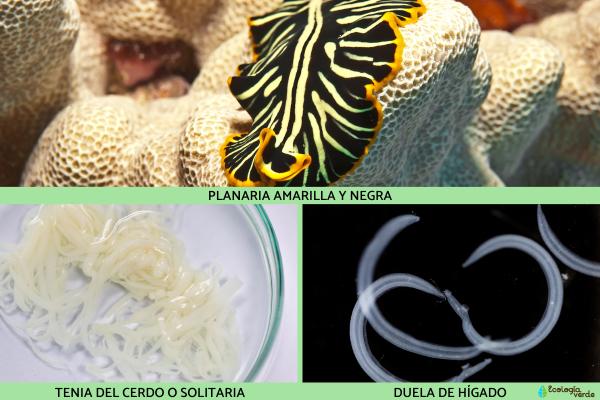Worms are elongated, soft-bodied invertebrates found across various environments—from gardens to household settings and even inside animals as parasites. While “worm” is not a strict scientific category, it refers to several major groups in the animal kingdom, primarily including segmented worms (Annelids), flatworms (Platyhelminthes), and roundworms (Nematodes). This article provides a comprehensive overview of worm types, characteristics, representative species, and their ecological and health significance.

Elongated, cylindrical, or ribbon-like body
Soft-bodied and lacking bones
No true limbs (no legs, arms, or articulated appendages)
Distinct dorsal (back), ventral (belly), anterior (front), and posterior (rear) regions
All are invertebrates
Most live in moist or aquatic environments; many are important parasites
Annelids have bodies divided into ring-like segments, featuring a closed circulatory system, a body cavity (coelom), and developed muscles for movement. This group includes both beneficial decomposers and predatory or parasitic worms.
1. Red Worm (Eisenia foetida)
Popular in composting, these earthworms live in decomposing plant material, producing nutrient-rich castings that improve soil quality.
2. Fireworm (Hermodice carnuculata)
A bristle worm with venomous setae that cause painful stings. Fireworms are marine predators, feeding on corals in tropical Atlantic waters.
3. Red Tube Worm (Serpula vermicularis)
Secretes a calcareous tube and extends feathery tentacles to filter food from water; quickly retreats when threatened.
4. Giant Earthworm (Glossocolex sp.)
Found in Central and South American rainforests, can reach up to 50 centimeters in length.
5. Other Examples
Green Worm (Eulalia viridis)
Christmas Tree Worm (Spirobranchus giganteus)
Polychaete of Sea Cucumbers (Gastrolepidia clavigera)
Common Earthworm (Lumbricus terrestris)

Flatworms are characterized by flattened bodies and basic organ systems. Many are parasitic (such as tapeworms and flukes), while others are free-living in aquatic environments.
1. Pork Tapeworm (Taenia solium)
A notorious intestinal parasite in humans and animals; larvae can invade muscles and cause severe health issues.
2. Yellow and Black Flatworm (Pseudoceros dimidiatus)
A non-parasitic, brightly colored marine flatworm found in the Indo-Pacific, warning predators with its vivid appearance.
3. Liver Fluke (Schistosoma nasale)
Parasitizes livestock and is transmitted via freshwater snails, causing nasal discharge and breathing problems.
4. Other Examples
Provitellus turrum
Epizoic Flatworm (Waminoa sp.)
Planaria (Dugesia spp.)
Kaburakia excelsa

Nematodes are cylindrical, unsegmented worms found in soil, water, plants, animals, and even as parasites in humans. They are highly prolific and resilient, surviving extreme conditions by entering dormant states.
1. New World Hookworm (Necator americanus)
Can penetrate human skin, travel through the bloodstream to the lungs and digestive tract, and cause anemia and gastrointestinal disease.
2. Intestinal Roundworm (Ascaris lumbricoides)
A common human intestinal parasite, transmitted through contaminated food or water, can migrate to the lungs.
3. Soybean Cyst Nematode (Heterodera glycines)
A colorless nematode that attacks legume roots, forming cysts and causing major crop losses.
4. Other Examples
Whipworm (Trichiuris trichiura)
Caenorhabditis elegans (a model organism in scientific research)
Eye Worm (Loa loa, a human parasite)
Pinworm (Enterobius spp., common in children)

“Worms” represent a diverse array of animal groups, from earthworms that enrich soil to dangerous parasites that threaten health, as well as spectacular marine polychaetes. Understanding their types, biology, and ecological roles helps us appreciate nature, improve soil management, and control pests in the home. Have more questions about worm identification, pest control, or parasitic diseases? Follow our science column for expert answers!
animal tags: Worms
We created this article in conjunction with AI technology, then made sure it was fact-checked and edited by a Animals Top editor.